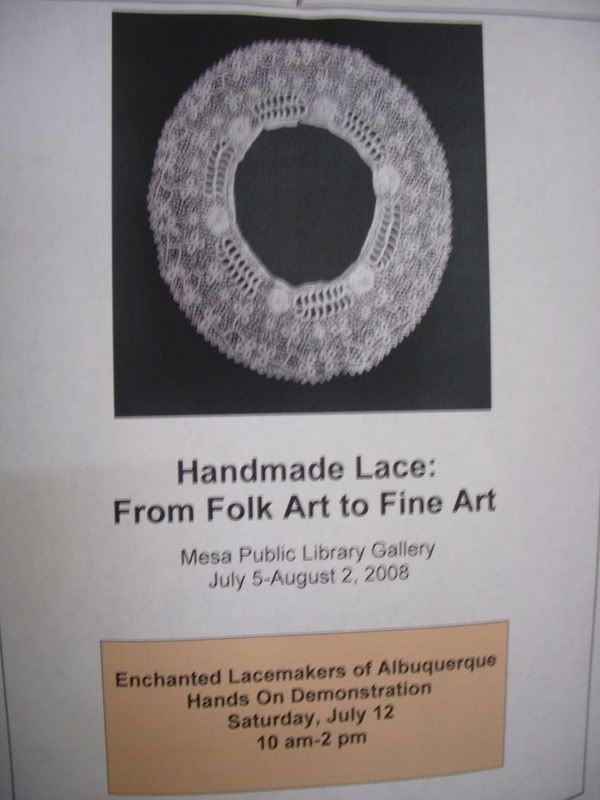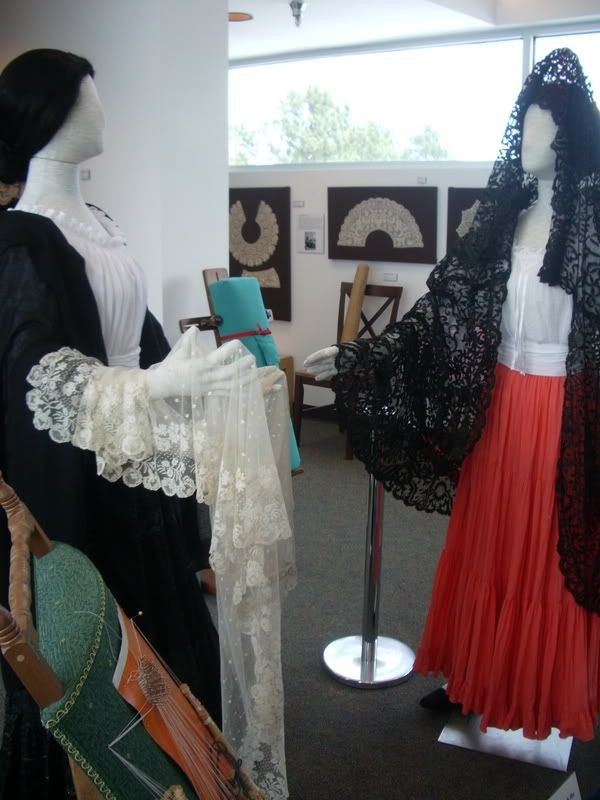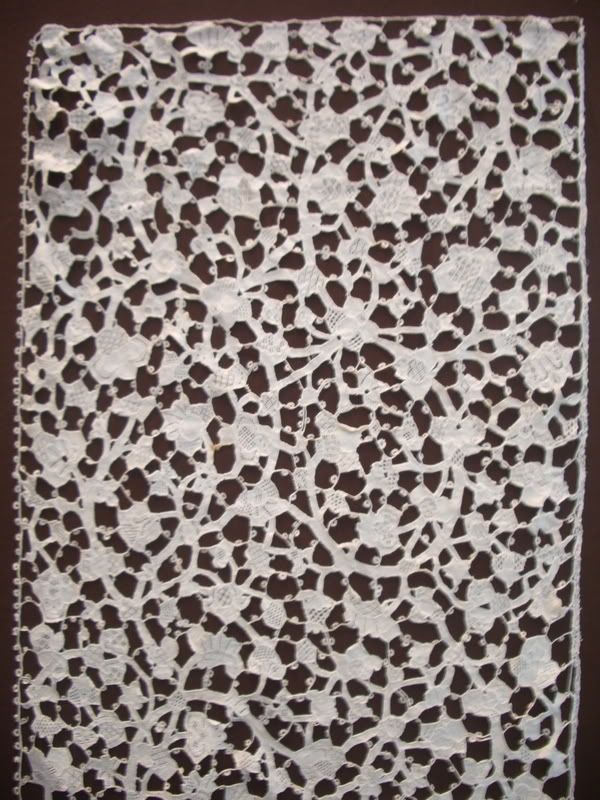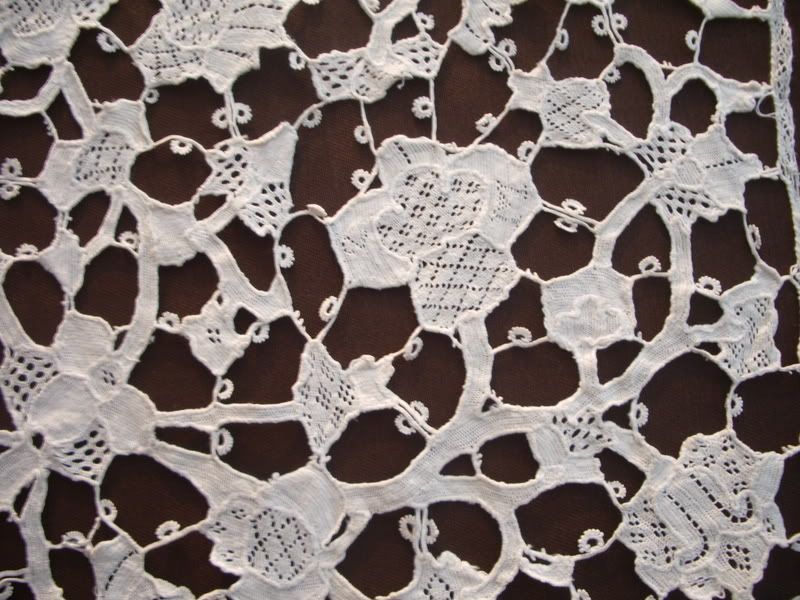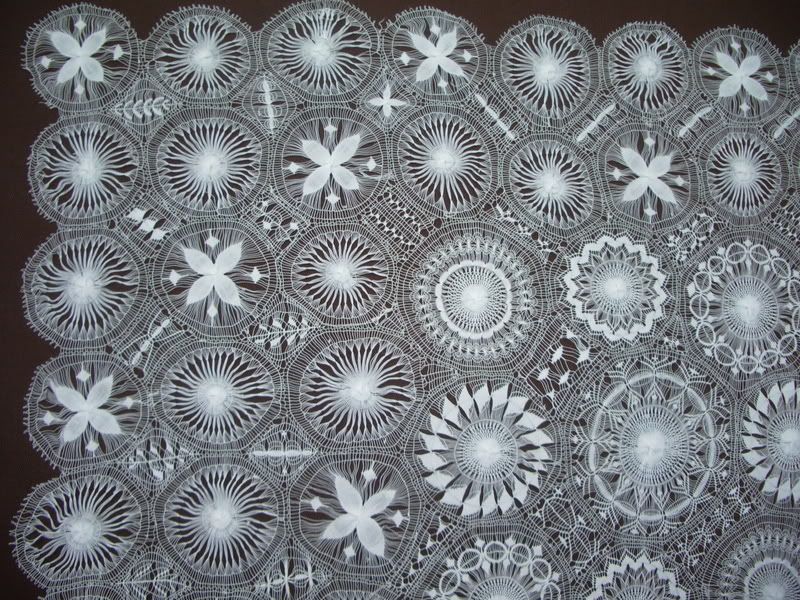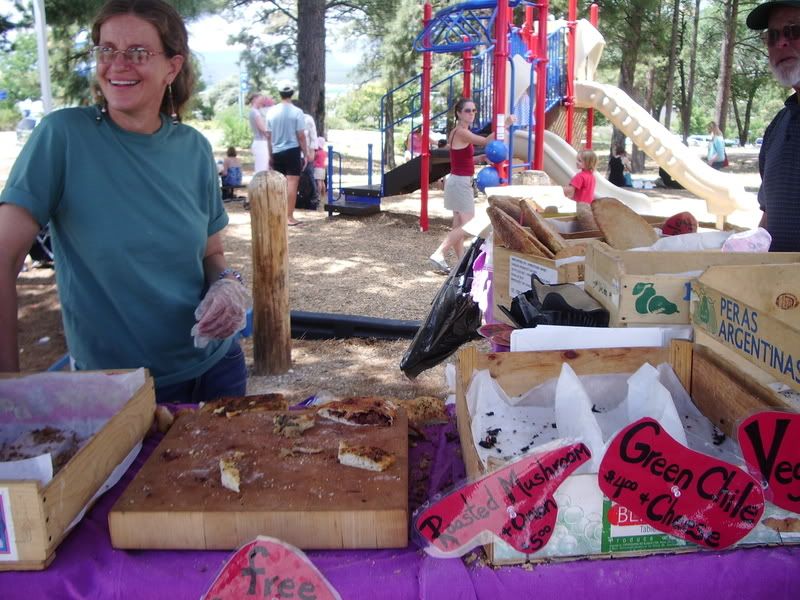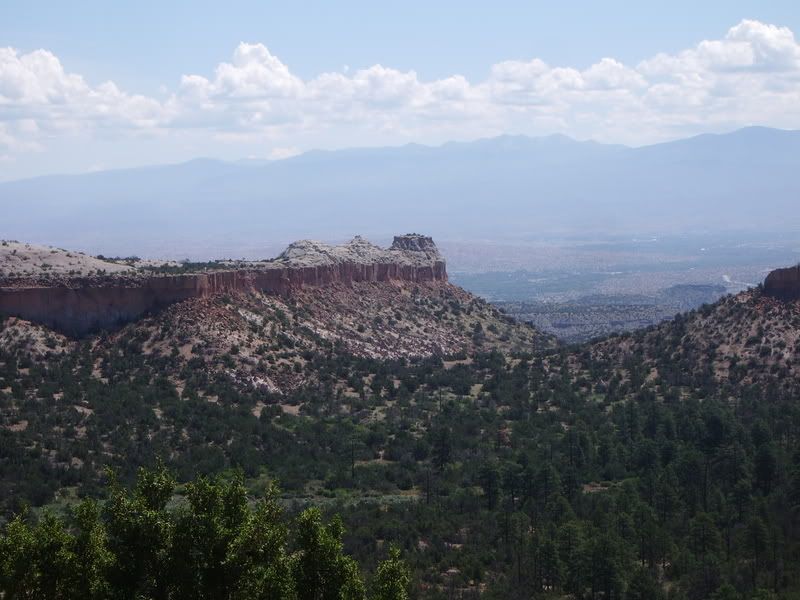 Those damn Obama kids. Could they be any cuter? Just keep bringing those kids out, its like having a panda. No one can resist the cute. Vote for me! Look! The Cute is on my side. But it is a little sad, kids in the spot light, their every move judged. Talk about an interrupted childhood. Being a president's kid is a very strange situation. I thought I was going to make a list of all the president's kids, like I did with all the presidents, but, oh my god, there are way too many of them. (And somebody else already did it, and did a much better job) Pretty much all of the presidents had about thirteen kids, except for George Washington, who was too neurotic, and James Buchanan, who was probably gay. So I decided to just find some highlights.
Those damn Obama kids. Could they be any cuter? Just keep bringing those kids out, its like having a panda. No one can resist the cute. Vote for me! Look! The Cute is on my side. But it is a little sad, kids in the spot light, their every move judged. Talk about an interrupted childhood. Being a president's kid is a very strange situation. I thought I was going to make a list of all the president's kids, like I did with all the presidents, but, oh my god, there are way too many of them. (And somebody else already did it, and did a much better job) Pretty much all of the presidents had about thirteen kids, except for George Washington, who was too neurotic, and James Buchanan, who was probably gay. So I decided to just find some highlights.Most Kids Ever: John Tyler, tenth president of the united states, had eight kids by his first wife, and then seven by his second. Mary, Robert, John Letitia, Elizabeth, Anne, Alice, Tazewell, David, John, Julia, Lachlan, Lyon, Robert and Pearl. I really feel like he was running out of ideas in the middle there- Lachlan? Really? Not feeling like their were enough players on the family softball team, he had a couple more illegitimate children with some slaves.
Weirdest nicknames: Definitely a tie between John Adam's daughter, Abigail, AKA "Nabby" and James Garfield's daughter, Eliza, AKA "Trot." Maybe they could start a band or something, get Abe Lincoln's kid on the drums! Nabby, Trot and Tad. Nabby, Trot and the American Way. Or, White House Wedding!
Worst parenting style: Goes to Thomas Jefferson. He pretty much missed all of his kids being born, and then, missed their deaths too. To give the man some credit, most of them died about 15 minutes later. And those are only his legitimate children! Who even knows about the rest of them.
Most Bad Ass Babe: Hands down, Alice Roosevelt. During her white house adolescence, she set off fire crackers on the front lawn, was caught gambling, took unchaperoned joy rides in the presidential car, danced the shimmie, and smoked in the oval office. When TR forbid her from smoking inside, she went on the roof, and would take playful shots at pigeons and telegraph workers with her rifle. She was the first ingenue to jump in a swimming pool fully clothed. And you have to remember this was the eighteen dippity doos where women could be stoned to death for showing their ankles. Basically, she knew how to party. Armed with a quick wit and a hot body, she pretty much partied her whole life. Here's a review of one of her biographies, which gives a good taste for how rocking she was.
Best Pet: The Carter family seems to be in touch with a ludicrous and scary side of nature. When not dodging attacks from swimming rabbits, Amy Carter named her cat Misty Malarkey Ying Yang. She also gets cool points for being arrested at a protest when she was in college.
Best Rebel: Bleeding heart liberal Patricia Ann Reagan very publicly disagreed with Ronald about almost everything, voted (gasp!) for the democratic party, and wrote books exposing him as a negligent father. She also posed for play boy. Like you do. She's so liberal, she married her yoga instructor, and then got divorced.
Well, that's all I have. Republicans really seem to have a monopoly on family drama, don't they? John McCain seems right in line with history-- two wives, a football team of kids. I felt pretty bad for his adopted daughter, the only not white person at the republican convention. And Bristly Brush Palin with her teenage pregnancy. But, we can't forget, just a few years ago Bill Clinton showed the world that democrats, too, knew how to womanize! Messy, messy lives that shouldn't have any effect on how you vote, but for some reason, seem to. Makes you miss the old days of whiskey and hacksaws.

